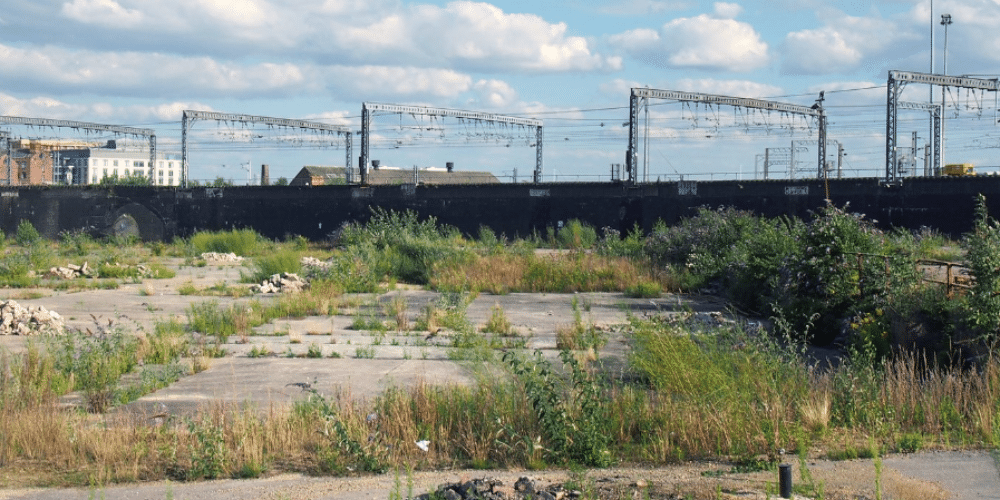
#TLDR COP26 intensified the flight from coal, oil and gas. Global promises can be localised by brownfield redevelopment to foster multiple land uses that improve ecosystem health and services. Such development requires a sound understanding of the spaces being converted into beautiful places.
The final declaration of COP26 – the 26th conference of the parties to the UN Framework Convention on Climate Change included a commitment to phasing down of coal – a fossil fuel derived from plants similar to those one might see in a tropical swamp today. The Sun has yet to set on the day of oil and gas – animal derived fossil fuels. The day of mineral derived abiotic energy – wind, solar, water, geothermal, nuclear – is just starting.
E. F. Schumacher’s 1973 “Small Is Beautiful” championed thinking globally and acting locally. So how do we localise the COP26 promises to end and reverse deforestation and cut methane emissions by 2030, to “down phase” coal and to move closer to ending oil and gas use?
Never mind fame for fifteen minutes. Imagine living in a “15 minute city” instead – a network of neighbourhoods supporting biodiversity whilst fulfilling six social functions: living, working, supplying, caring, learning and enjoying. In fact don’t imagine, get on the Eurostar and see for yourself. Carlos Moreno, Paris City Hall’s special envoy for smart cities, believes there “will never be” a return to city life as it was before coronavirus struck. Residents of the “15 minute city” are within a low (no?) carbon 900 second walk or cycle ride between home, office, restaurant, park, hospital, stadium, cinema or theatre.
We have already seen a revolution in flood water management away from urban karst of pipes, drains and concrete reinforced river banks to cities as sponges that temporarily holding up rainfall and slowing down surface run-off: Less log-flume rapid and more lazy river ride – meanders and wetlands created in parks that provide animal habitats and use plants to remove pollutants and over-abundant nutrients. The response to the pandemic has recalibrated what is “possible”. Traffic flows, shopping patterns, places of work, leisure activities were transformed during the pandemic. People walked and cycled more, drove and certainly flew much less. Some changes will stick and some can be encouraged by the way we create new uses for abandoned and derelict land.
The shoppers among you may have noticed a new food labelling scheme – beyond organic, we can now buy food that is produced not only organically but also in regenerative ways that deliberately improve the overall health of the land. As we continue to redevelop our towns and cities, the past does not have to be the key to the future. Regenerative redevelopment fosters multiple land uses by going beyond bringing abandoned and underused land back into use to improve the overall health of ecosystems and the services they provide.
Managing urban land with loftier ambitions and for wider purposes than hitherto will draw on principles of circular land use and on multiple functionality; co-habitation and blue-green; holistic and carbon neutrality; walkability and beauty. All of which begins with a sound understanding of the spaces we are looking to convert into the beautiful places last year’s Planning for the Future White Paper imagined.
A personal reflection by Paul Nathanail
Paul is GHD’s technical director of contamination assessment and remediation as well as technical service leader for environmental solutions.
